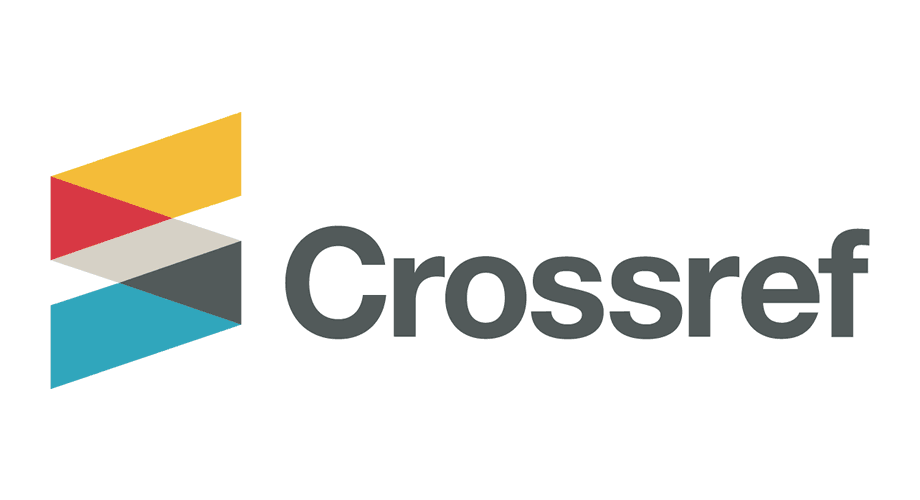Pharmaceutico Analytical Evaluation of Herbal Toner
DOI:
https://doi.org/10.21760/jaims.10.8.3Keywords:
Herbal toner, Arka Kalpana, Distillation, Varnya, BeautyAbstract
Introduction: In today's era several chemicals came into existence for enhancing beauty, thus used as cosmetics. Natural therapies are more effective, safer than chemical medicines. Hence An attempt was made to formulate a natural and safe herbal toner to reduce the facial irritancy and enhance the beauty and can be used in day-to-day life. The ingredients of herbal toner are Yastimadhu, Priyangufal, Manjishtha, Kamalpushpa, Raktachandan and Nagkeshar which Possess Varnya, Mukhaprasadak properties. This herbal toner was prepared according to Arka Kalpana which is very specific in its mode of preparation and due to virtue of this particularity it may have all volatile active substance in effective form in its final product . Arka Kalpana is given specific importance and it opines that it has more potency in comparison to the other Kalpanas. Due to its increased potency, better shelf life, easy absorption and fast action of herbal toner. Material & Methods: All the ingredients of herbal toner were procured from the authentic source. And herbal toner was prepared by standard procedure mentioned for Arka Kalpana which is correlated with distillation in modern pharmaceutics practices. After preparation of Arka, to impart a pleasant odour essential fragrance was added in it. and stored in air tight container. Result: Based on the optimization of the parameters, the herbal toner could be prepared by standard procedure of Arka Kalpana. Quality control parameters such as physical evaluation, pH, viscosity and specific gravity analysis can be done. Conclusion: From the above studies of the formulation, this herbal toner is completely chemical free. so, it needs more pharmaceutical study and research work to develop this dosage form without violating the basic principles.
Downloads
References
Murthy SKR. Sharangadhara Samhita. Varanasi: Chaukhambha Orientalia; 2012. p. 51.
Tripathi I. Arka Prakasa. 3rd ed. Varanasi: Chaukhamba Krishna Das Academy; 2006. p. 9,14.
Ministry of Health and Family Welfare, Government of India. The Ayurvedic Formulary of India. Part I. Vol I. New Delhi: Ministry of Health and Family Welfare; 2003. p. 27,53.
Bajpayee PJ. Chakradatta. Varanasi: Khemraj Shrikrishnadas Press; 2006. p. 238.
Mhaske S, Wayal V, Tribhuvan H, Kute P. Formulation and evaluation of herbal face toner. Int J Adv Res Sci Commun Technol. 2022 Jun;2(5). Available from: https://www.researchgate.net/publication/361411302_Formulation_and_Evaluation_of_Herbal_Face_Toner
Sharma PV. Dravya Guna Vigyana. Part 2. Varanasi: Chaukhamba Bharti Academy; 2020. p. 253.
Sharma PV. Dravya Guna Vigyana. Part 2. Varanasi: Chaukhamba Bharti Academy; 2020. p. 781.
Sharma PV. Dravya Guna Vigyana. Part 2. Varanasi: Chaukhamba Bharti Academy; 2020. p. 800.
Sharma PV. Dravya Guna Vigyana. Part 2. Varanasi: Chaukhamba Bharti Academy; 2020. p. 718.
Sharma PV. Dravya Guna Vigyana. Part 2. Varanasi: Chaukhamba Bharti Academy; 2020. p. 713.
Sharma PV. Dravya Guna Vigyana. Part 2. Varanasi: Chaukhamba Bharti Academy; 2020. p. 783.
Directorate of AYUSH. Good Manufacturing Practices (GMP). New Delhi: Ministry of AYUSH; 2016. p. 73.
Deepthi CP, Ganti B, Kadibagil V, Sunil Kumar KN. Pharmaceutico-analytical study of Amrutottara Arka. J Ayurveda Med Sci. 2016;1(2):73–9. Available from: https://www.researchgate.net/publication/312555643_Pharmaceutico-analytical_Study_of_Amrutottara_Arka
Parbhane M, Auti A, Khese H. Formulation and evaluation of herbal toner. World J Pharm Pharm Sci. 2022;11(9):784–97. Available from: WJPPS article PDF















